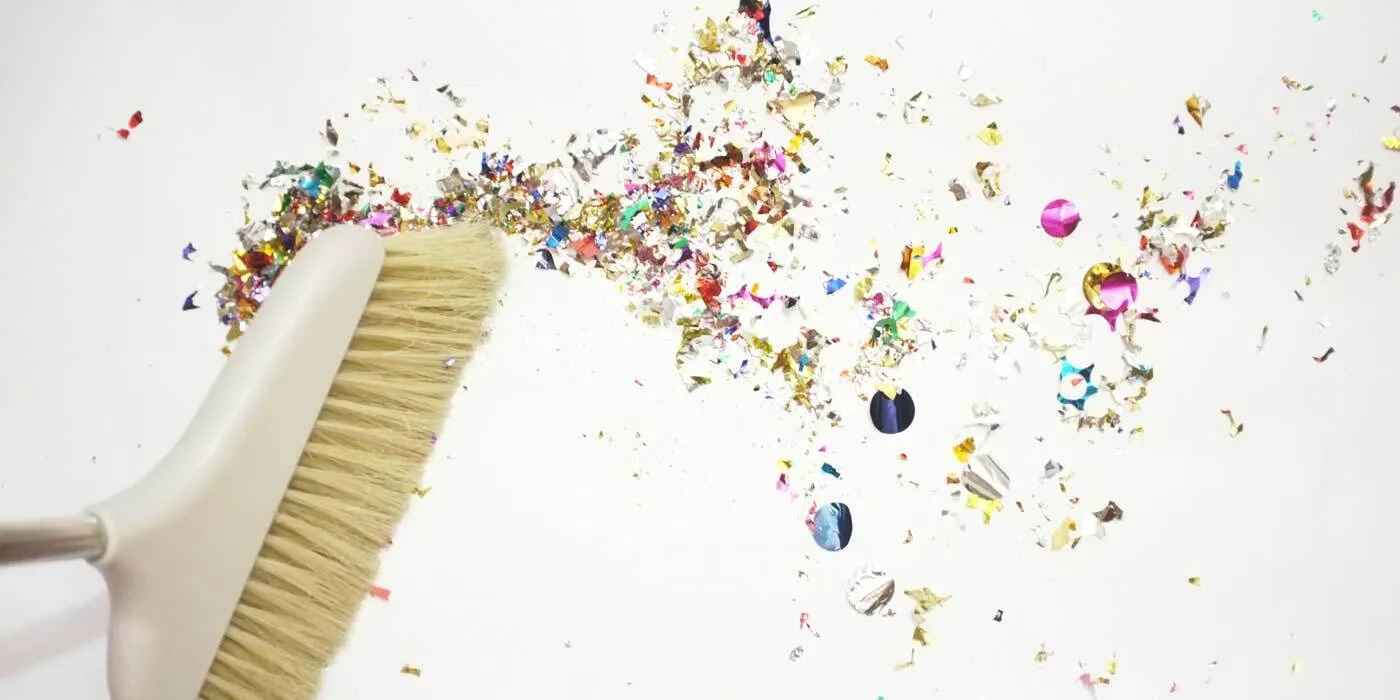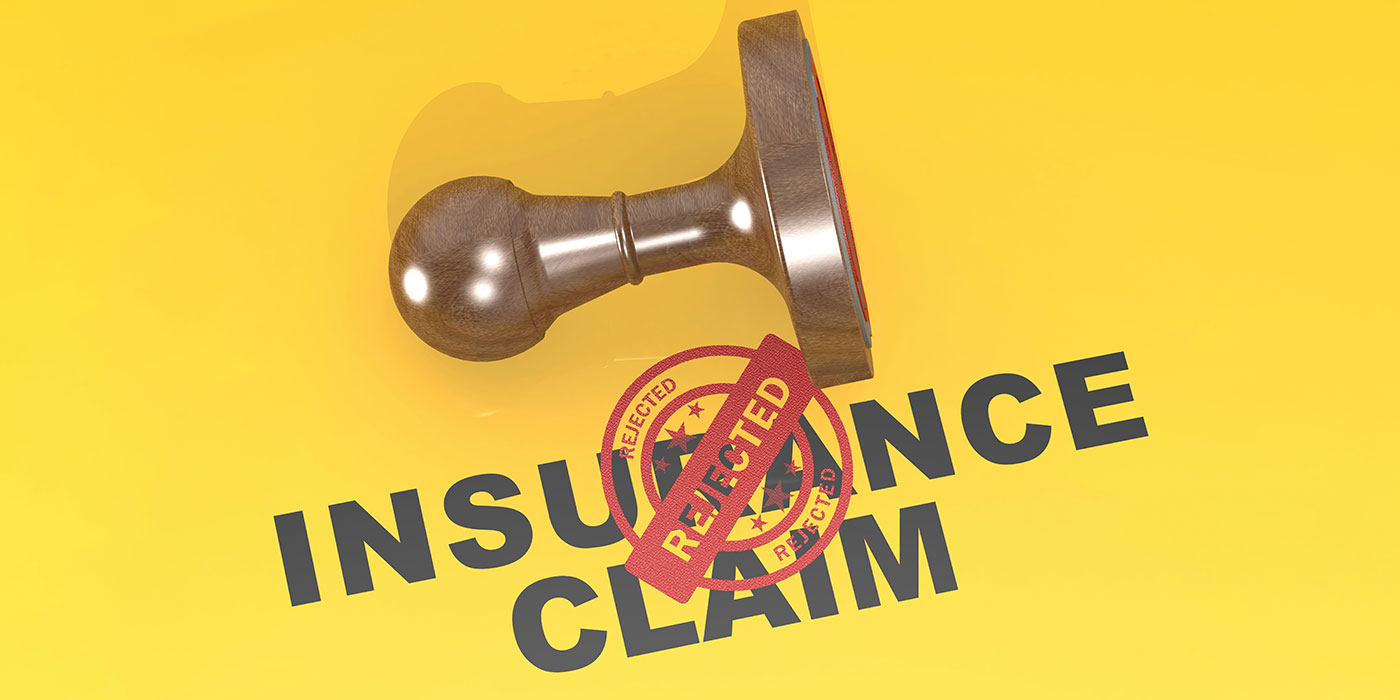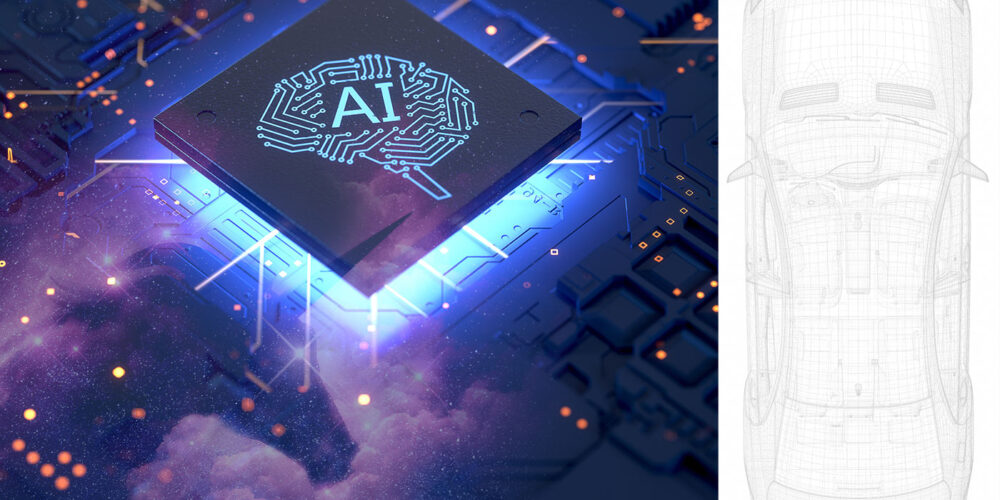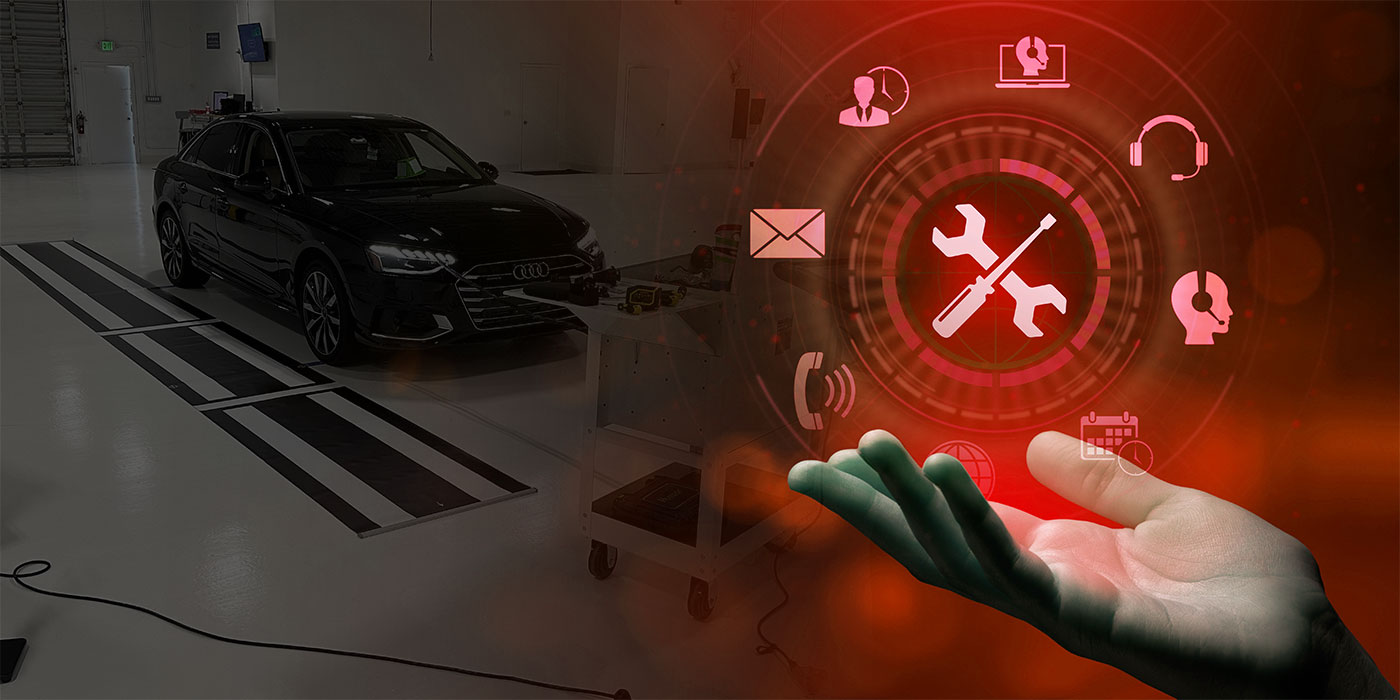It’s 8 a.m., and I’m sitting in the first row on the first day of the Collision Industry Conference (CIC) at the 2011 SEMA Show. I’m rubbing the sleep out of my eyes and sipping coffee, and an Elvis impersonator is gyrating his pelvis only a few feet in front of me, performing a rousing rendition of “Viva Las Vegas.” As if being pressed by a half-naked woman to try my hand at the cash grab machine on my walk over to the meeting wasn’t enough of a reminder that I was in Sin City, I now have an unobstructed view of The King in all his white-and-gold glory, wailing into a microphone and spastically pinwheeling his arms.
In retrospect, it wasn’t too surprising that Elvis showed up at CIC. After all, isn’t this the kind of stuff that’s supposed to happen in Vegas?
What was truly weird and unexpected was what happened the next day: the leaders of the three main collision industry associations gathering at the front of the room to announce their unanimous endorsement of OEM repair procedures as the industry’s repair standards.
There they were: Aaron Schulenburg, executive director of the Society of Collision Repair Specialists (SCRS), Nick Kostakis of the Alliance of Automotive Service Providers (AASP) and Ron Pyle, president of the Automotive Service Association (ASA), standing together as one in an unusual show of unity in an industry fraught with fragmentation.
Less surprising was why this happened. Many felt it was high time that someone of authority put strong emphasis on OEM procedures due to the increasing sophistication of today’s vehicles. With all of the exotic metals and advanced electronics being introduced in today’s vehicles, there is less and less room for deviation from those standards.
Someone said at a CIC not too long ago that “nobody should be touching vehicles today without first looking up the OEM repair procedures.” For example, too much heat can weaken the molecular structure of some of these new advanced metals…and that could have catastrophic consequences to the people who drive these cars.
The announcement, as expected, did raise some questions. I told a fellow editor about the news at a cocktail party the next day, and she said, “So that will be bad for the aftermarket, right?” I could see her point. An endorsement of OEM repair procedures might appear to be an endorsement of OEM crash parts. But I responded, “Not necessarily” – because shops will still fix cars as they see fit with the parts they see fit to use. After all, history has shown that despite the industry’s strong-willed efforts to create standards, collision repairers have dutifully ignored them.
One repairer posed the following questions to me after reading the announcement:
1. Are aftermarket parts still viable alternatives, since OEMs do not endorse their use?
2. Are reconditioned wheels still viable alternatives, since OEMs do not endorse their use?
3. What liabilities may a repairer incur if they deviate from these adopted standards?
I posed these questions to SCRS Executive Director Aaron Schulenburg, and this was his response:
One of the benefits we see with this recognition of a standard is that in part, it actually holds the OEMs more accountable to producing and maintaining repair procedures that document the process of producing the most accurate and safe repair. We have to pick a baseline to start from. Ultimately, the published repair process is what is being recognized as the standard. That said, liability is determined through the legal system, and best left to that system to determine the full extent of what falls on whose shoulders. However, with the widely recognized endorsement of these repair standards by the trade associations representing the expert craftsmen within the collision repair trade, I believe it would be unsettling for anyone to intentionally disregard or deviate from published repair procedures that have been publically accepted by the industry, especially if it is a situation where the consumer was injured in a future accident. We have stated the case for years that, despite the pressure that may exist from carriers or parts vendors to ignore OEM published warnings, the repairer is ultimately the expert responsible for knowing the details of performing a safe and functional repair. If OEMs are off base in their recommendations, there are certainly legal mechanisms for others to hold them accountable as well. Ultimately, all of this comes down to accountability to the consumer.













